What if Apple made a Surface Book?
We love the Microsoft Surface Book, but we also love Apple… Here we mock up the laptop Apple should make: the 'MacPad Pro'.
Apple's modern hardware has long been a staple of design colleges and studios around the world. At WWDC17, Apple announced iOS 11, which incorporates several features seen on macOS, brining the company's mobile and desktop operating systems closer than ever. The latest iPad Pro may not run Apple's full-fat OS but file sharing is easier than ever, and Adobe Creative Cloud offers 'light' versions or equivalents of its most popular design software. Add to that quick and easy synchronisation with your desktop design apps, and the iPad Pro is closer to a laptop replacement than ever.
But it's still not enough for some, who want the ability to use full versions of their desktop creative software on the move. That's where the Microsoft Surface Book, and other convertible and hybrid Windows 10 laptops, score heavily.
So, what if Apple decided to build a true Surface Book rival? In other words, a MacBook Pro that had a detachable screen/lid that effectively became an iPad Pro when separated from the base? What would it look like, what would its specs be, and what would it be called? Allow Creative Bloq to be your crystal ball…
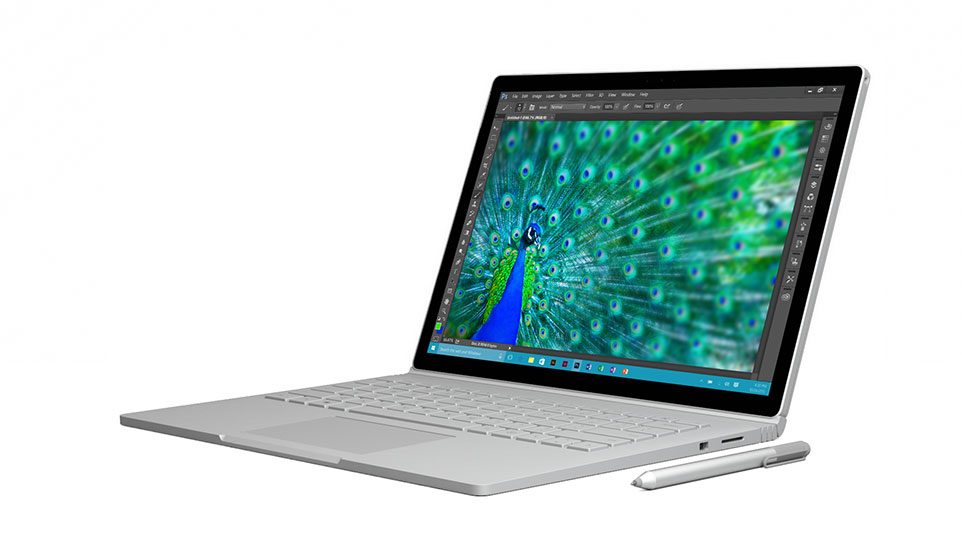
At WWDC17, Apple announced iOS 11, which incorporates several features seen on macOS, making the company's mobile and desktop operating systems more similar to one another than ever. The latest iPad Pro may not run Apple's full-fat OS but file sharing is easier than ever, and Adobe Creative Cloud offers 'light' versions or equivalents of its most popular design software. Add to that quick and easy synchronisation with your desktop design apps, and the iPad Pro is closer to a laptop replacement than ever.
But it's still not enough for some, who want the ability to use full versions of their desktop creative software on the move. That's where the Surface Book, and other convertible and hybrid Windows 10 laptops, score heavily.
So, what if Apple decided to build a true Surface Book rival? In other words, a MacBook Pro that had a detachable screen/lid that effectively became an iPad Pro when separated from the base? What would it look like, what would its specs be, and what would it be called? Allow Creative Bloq to be your crystal ball…
Let's get this over with first. "Pointless flight of fancy!" I hear you cry. Well, as Apple filed a patent for a detachable screen laptop in 2013, and with macOS and iOS converging further with every version release, we feel that this is the right time to be talking about a MacBook-iPad Pro hybrid, which we'll call the MacPad Pro.
Get the Creative Bloq Newsletter
Daily design news, reviews, how-tos and more, as picked by the editors.
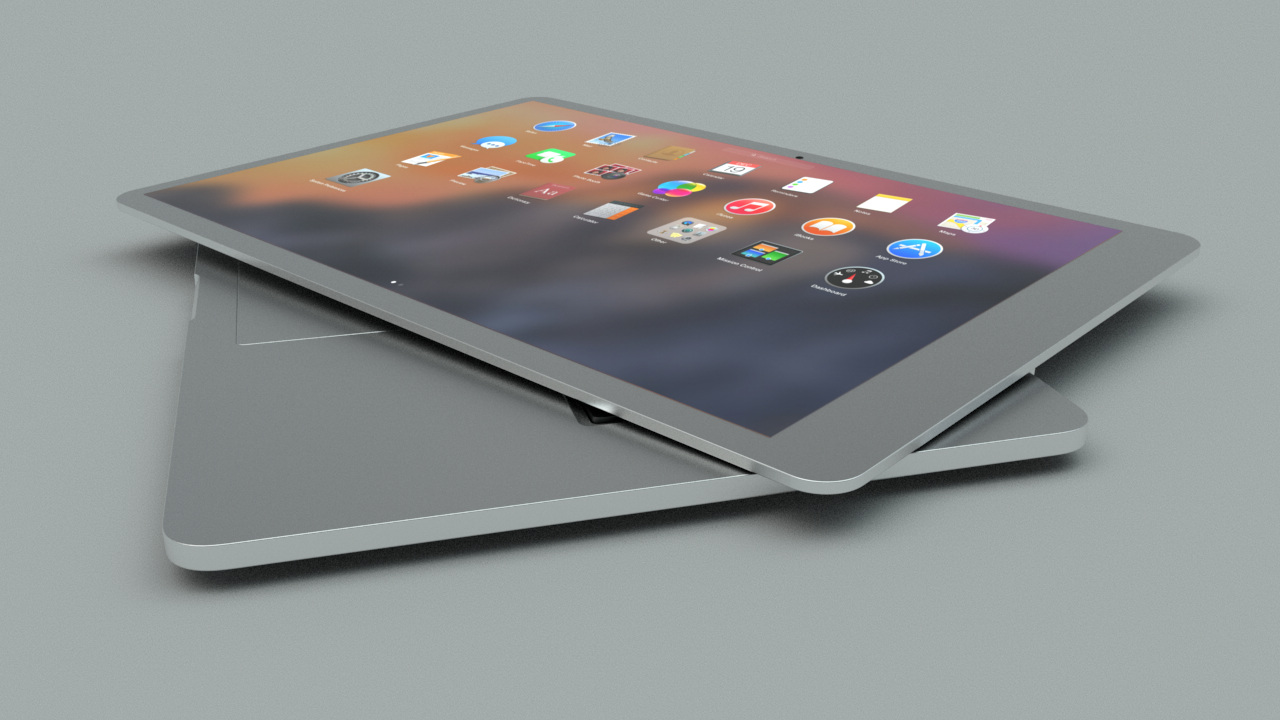
Design matters
Jony Ive's Apple will not allow for any excess size and weight, so we imagine the MacPad Pro's target weight would be some distance below the somewhat porky 3.3lbs (1.52kg) Surface Book. The 12.9-inch version of the iPad Pro weighs around 1.5lbs (680g), so we imagine that Apple would be aiming for a sub-three pound (1.36kg) heft for its two-in-one.
The design language would be more MacBook than iPad – crisp, squared-off lines and a full aluminium casing. The now-familiar silver, space grey, gold and rose gold, would be the order of the day.
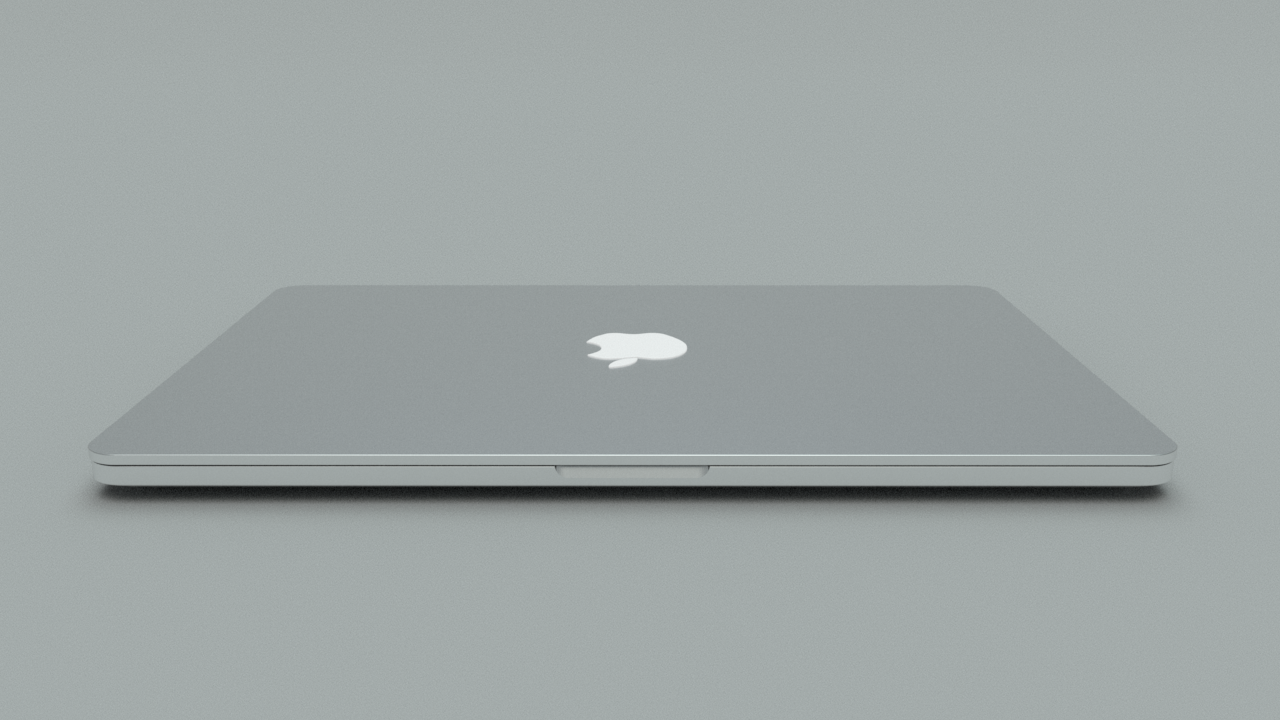
The detachable screen/iPad presents many design issues, one being the orientation of the Apple symbol on the rear. We'd love to see some sort of e-ink logo that automatically rotates from MacBook-style landscape orientation to iPad-style portrait once detached from the base, but it is more reasonable to expect that Apple would favour the logo's laptop orientation.
Another problem is the hinge. Tablets are heavier than screens, so something clever is required in the hinge department to stop your MacPad toppling over in laptop mode. Microsoft's solution for the Surface Book is ingenious but ugly, and Apple has no truck with the ungainly. Plus, Apple's obsession with the light and slender means it would NEVER counterweight one of its products.
However, iPads are extremely light, so perhaps with some clever magnetic hinges and connectors (the return of Magsafe, perhaps, to charge the 'iPad' from the base?) and a tilt-stop to ensure the angle is not too perilous, the dreaded topple will be avoided. A hinge lock will have to be included, and this could see the return of the eject button next to the function keys (not seen since the death of the optical drive) to release the screen/iPad.
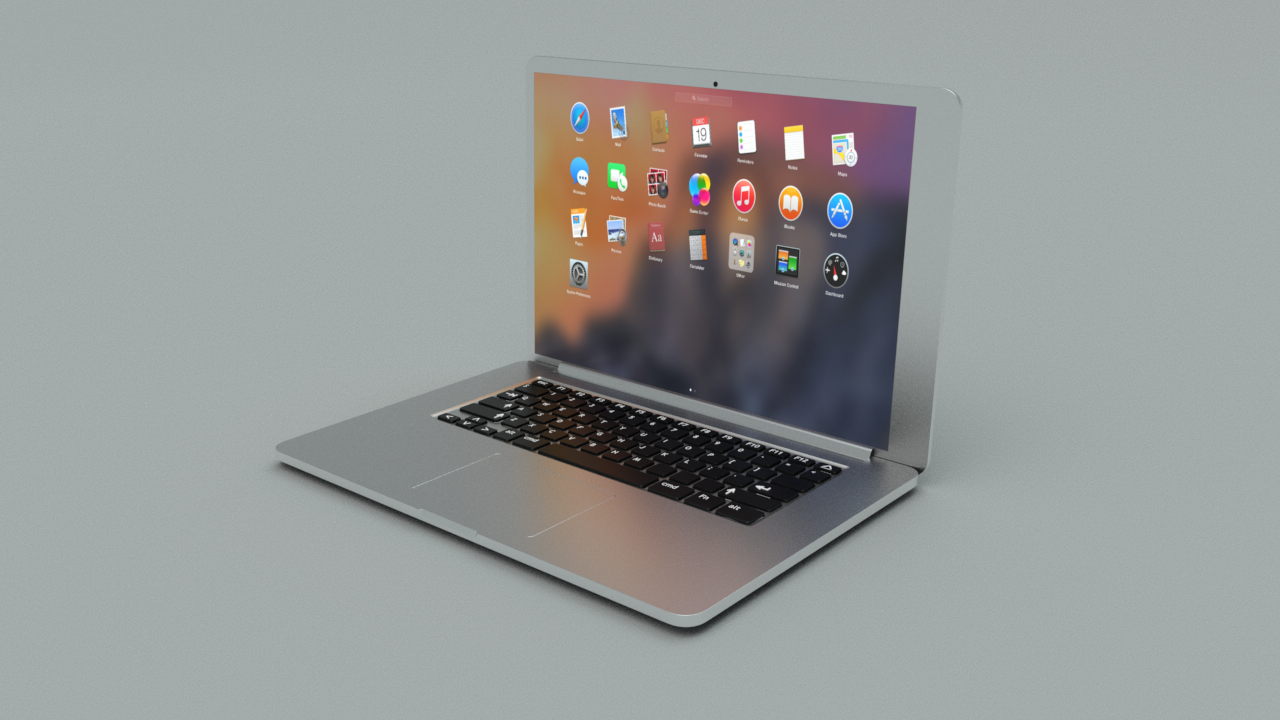
Spec foresight
We're not going to go mad picking apart what is possible and impossible, likely or unlikely, here. This is a fantastical product mockup we're talking about, and technological progress ensures unforeseen possibilities in terms of screen tech, processors, interface and beyond. What we'll do is draw up a wish list based on what Apple produces now or has plans for.
With a 13-inch MacBook Pro and 12.9-inch iPad Pro in existence, it is a no-brainer that the MacPad Pro would be available in something around that size – perhaps the overall unit would be a touch larger than the MacBook Pro 13-inch due to the need for a larger screen bezel to house the removable iPad.
The iPad Pro 12.9 (2017) has a 2732x2048 resolution, 264 ppi touchscreen in a 4:3 ratio, which is squarer than the latest MacBook Pro's 16x10 ratio screen, but would allow the MacPad Pro to contain a much larger trackpad (more on that later) or even a recess for the Apple Pencil in the base above the function keys.
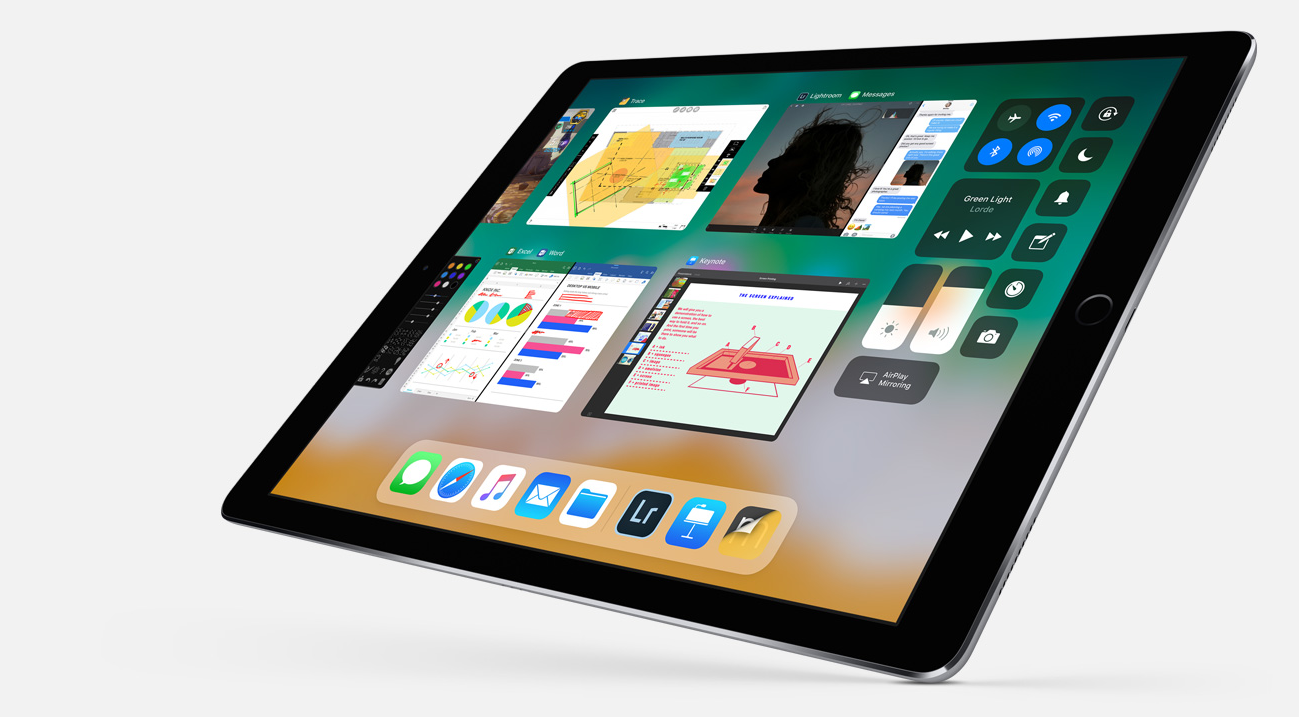
Speaking of function keys, they will be present on the base station's keyboard rather than the Touch Bar – with this being Apple's first touchscreen 'laptop', the Touch Bar would be superfluous. Again, this is not entirely inconsistent – Apple still produces MacBook Pros without a Touch Bar.
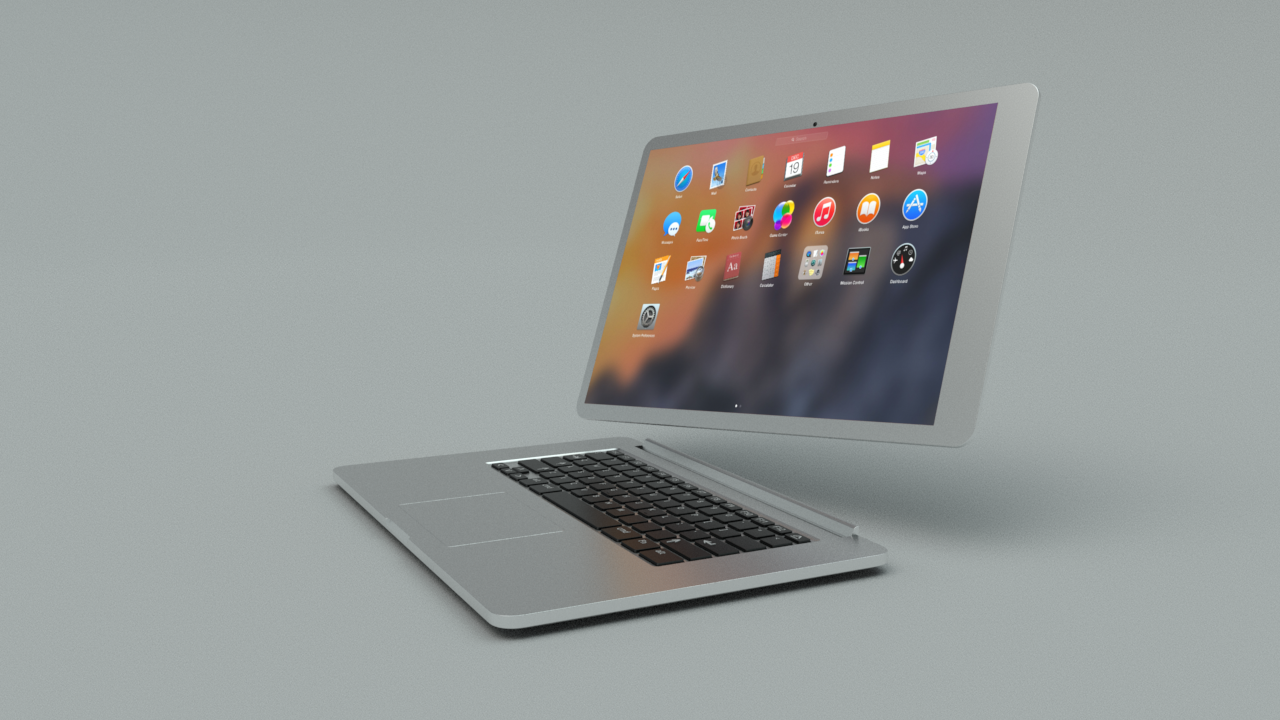
The detachable touchscreen would contain its own battery, A10X chip, flash storage, and would run iOS – to all intents and purposes, it would be just like an iPad Pro 12.9 when detached from the base station.
Meanwhile, the base station would look like the keyboard half of a 2016 MacBook Pro (non Touch Bar version). It would contain a larger, laptop-sized battery which could share its charge with the docked touchscreen, and it too will have a processor to power the latest macOS in laptop mode, as the A10X will not be adequate for processor-hungry professional design applications.
But here is where the first fudge will have to appear (not literally). The processors will not necessarily have to work in tandem, but the idea that an Intel chip and ARM chip could reside in the same computer is fanciful so some compromise will have to be made.
Could a separate GPU and RAM expansion live in the base? Not as things stand – Apple's mobile chipset contains its own graphics capabilities built-in. How about a second A10X processor in the base unit, working in tandem with the one in the lid to create a multiprocessor setup? This has no precedent with Apple machines and would require fantasy-level changes in the way Apple constructs its logic board.
It's beginning to look like a MacPad Pro will either have to be underpowered as a pro laptop (think more like standard MacBook, which is still comfortably able to run Adobe CC software, for example) or Apple will require a new chipset for it to become reality… Neither of these are fatal blows to our imagined Mac mashup, so let's plough on.
Next up is the camera positioning. The front-facing camera would have to be situated on the top-right of the outer case of the lid (like on an iPad), with the Facetime camera top-centre (like on a MacBook). This means landscape orientation when Facetiming in tablet mode, but this is a price worth paying – it will be more useful to Facetime in laptop mode anyway.
The MacPad Pro would be compatible with Apple Pencil, naturally, but in both tablet and laptop modes. Here, Apple could come up with something really interesting by introducing Apple Pencil compatibility to not only the touchscreen but the trackpad. The existing MacBook Pro has a huge Force Touch trackpad and there is space on the MacPad Pro for an even larger one, so Pencil support on the MacPad Pro would in effect create a built-in miniature graphics tablet – a unique feature in the segment which could reaffirm Apple's place as a serious design player.
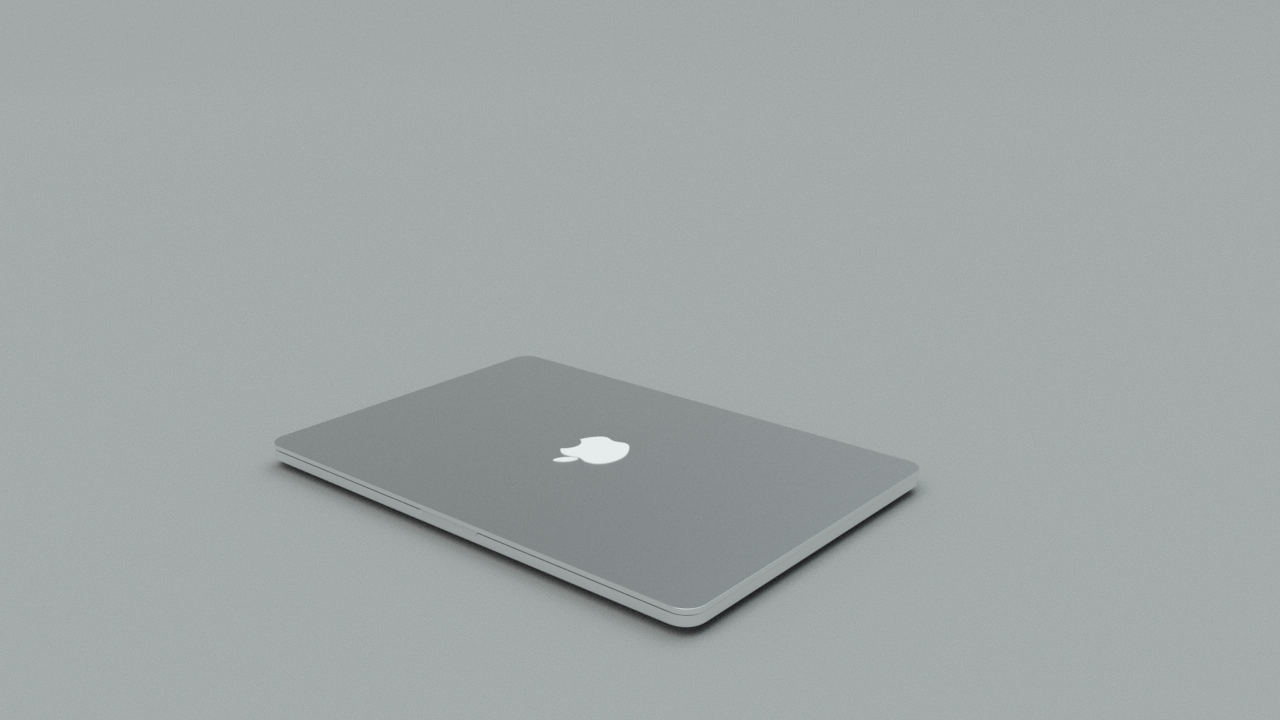
Appy feat
Too good to be true, so far? Well here’s the comedown. The major issue with our MacPad Pro concept is that most creative software has a separate desktop and mobile app. These two apps will therefore have to both exist on the MacPad, which is at best undesirable and at worst criminally compromised.
Our way of working around it is to have two operating systems on the MacPad, macOS and iOS, with iOS sitting dormant in the background until the lid is detached, at which point macOS enters hibernation and iOS wakes.
Various cloud sync services from Adobe, Apple, Microsoft and more will ensure that your work is backed up and can be accessed from each OS, so this is not the issue. For example, there is nothing to stop you creating an illustration in Adobe Illustrator CC, which syncs in the background to Creative Cloud, then detaching the MacPad's lid and continuing your project in the Adobe Illustrator Draw iOS app (albeit with the more limited functionality that app provides).
But, as seen in the Microsoft Surface, having separate apps for desktop and tablet is clumsy – and that is against the backdrop of the effective-if-not-perfect Windows 10 OS, which was designed from the outset to work with various inputs from mouse to touchscreen. And while Adobe's desktop and mobile apps integrate relatively well, most applications do not, or require workarounds and patience.
So while a MacPad running dual operating systems is theoretically possible, it is extremely unlikely. The MacPad Pro will probably have to wait until the point that macOS and iOS have converged completely.
But a MacBook/iPad hybrid will never happen, you may say. Cynics will say that Apple's product line-up is the way it is because it wants you to own an iPad and a MacBook Pro, so it wouldn't create a product that negates the need for either. Tim Cook himself has said Apple won't make one.
But Apple also said it wouldn't make a large iPhone to compete with Android phablets, then the iPhone 6 Plus appeared. And with tablet sales declining and 'detachables' showing strong growth, Cook may have to perform a swift U-turn and dig out that 2013 patent.
Mockup: Rob Redman
Related articles:

Thank you for reading 5 articles this month* Join now for unlimited access
Enjoy your first month for just £1 / $1 / €1
*Read 5 free articles per month without a subscription

Join now for unlimited access
Try first month for just £1 / $1 / €1

Craig Stewart is a writer, SEO strategist and content marketer, and is a former editor of Creative Bloq. Craig has written about design, typography, tech and football for publications including Creative Bloq, T3, FourFourTwo and DSG, and he has written a book on motoring for Haynes. When he's not writing, you'll usually find Craig under his old car learning about DIY repairs the hard way.
